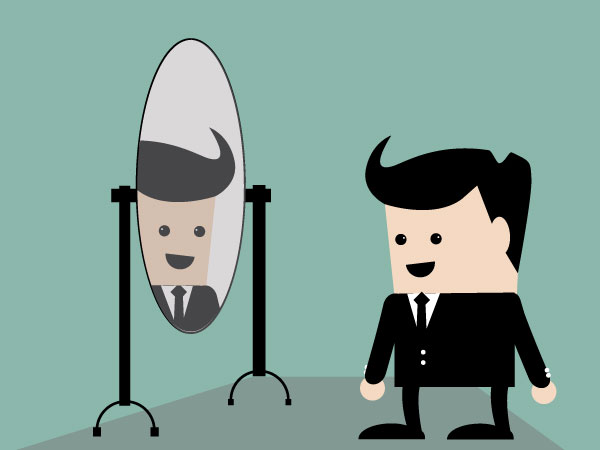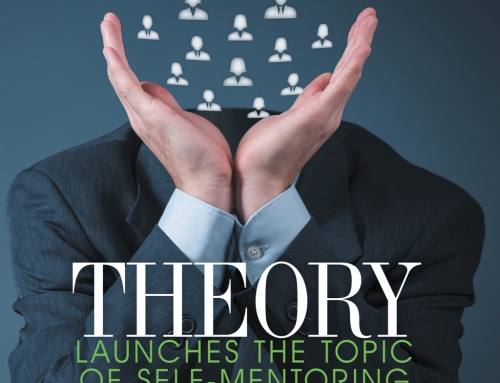The ability to understand people better, including those who report to you, is vital for your success as a manager. One of the keys is Active Listening. Active listening involves four critical steps.
STEP ONE – LISTEN WITH YOUR EARS
Good use of your ears requires patience.If you pay attention when someone is speaking to you it is quite easy to tell when they have completed their thought or statement. Give the person speaking to you the freedom to complete their thought. Pay attention and don’t multitask. Don’t formulate your reply or your question until you are sure they are finished. Let your ears make a contribution to the communication.
STEP TWO – LISTEN WITH YOUR BODY
Body language affects communications. Use your body to signal you are actively listening and this will give the speaker the necessary support to finish their thought. Use your eyes to indicate you are giving undivided attention to the speaker. Use your hands in a subtle manner to indicate “tell me more”. This can often be just a simple gesture to indicate you are interested. Nodding your head tells the speaker you are interested in what they have to say and you are listening to them. Don’t use negative signals like folding your arms; that sends a signal that you want the communication to end soon or you are not interested.
STEP THREE – USE YOUR MOUTH TO LISTEN
A simple device therapists have used for years is uttering “uh huh” when they want a patient to continue speaking. The same device works in business. Use it when you want the speaker to feel comfortable in making their point. In addition use questions to both indicate you have paid attention as well as to insure you have correctly understood the speaker’s message. I have spoken at a number of colleges and universities and always consider the questions at the end of my talk as the best barometer of success. Questions indicate two things: first, an interest in the speaker’s message. In order to posit a good question the listener had to pay attention. Second, the question can be either an indicator of a desire to learn more or to clarify a point that might have been misunderstood. Both uses of the question are great facilitators of active listening. In particular the use of the question to clarify a point is too often ignored in a business communication.
STEP FOUR – REACH A CONCLUSION
A conclusion to a business communication insures both parties are in agreement as to next steps and therefore there will not be wasted time or resources spent in confusion. This last step is the one most often ignored. Too many participants believe a final step that involves a conclusion indicates the opposite of what is intended – namely, that they did not pay attention or actively listen. In fact a conclusion indicates that active listening was followed and the conclusion is the last important piece to conclude a good communication. The conclusion should be a simple, clear statement that both parties agree upon. For example, ” You want to see a draft of a new marketing plan in one week. I will review an outline for the plan with you by Friday.” The conclusion tells the speaker exactly what to expect in one week. If the speaker has any issue with the conclusion it can be resolved prior to any work commencing. For example, if the speaker was expecting more than an outline she has the chance to clarify her expectation well before the Friday deadline.
Becoming an active listener will greatly enhance your ability to understand others and improve your skills as a manager.







Leave A Comment